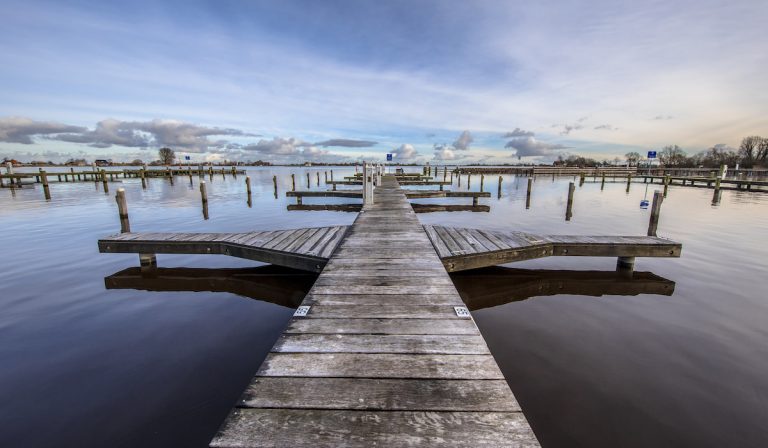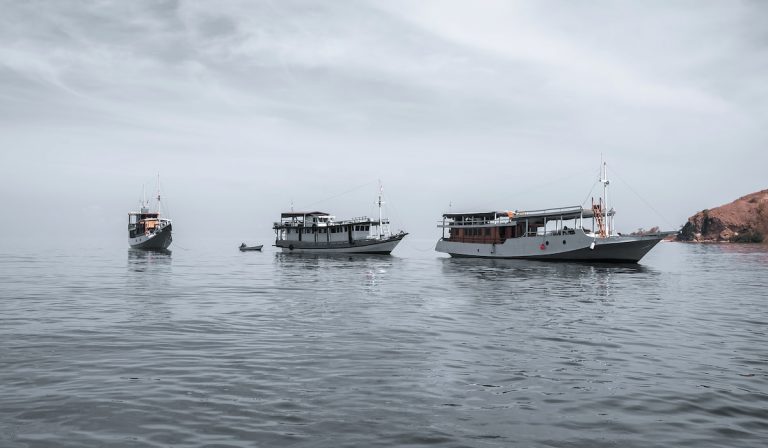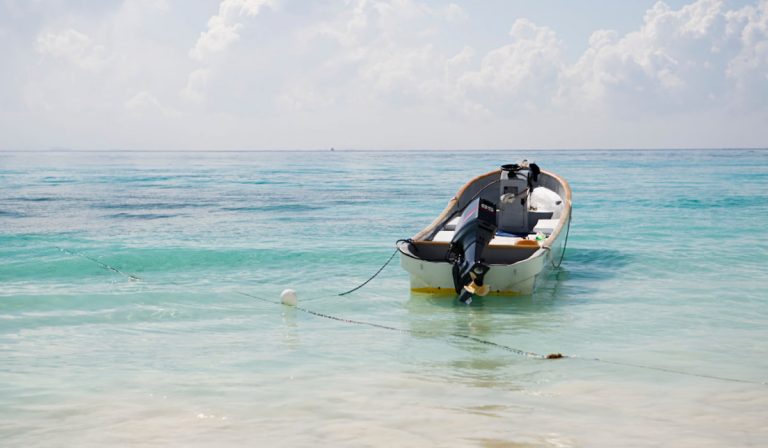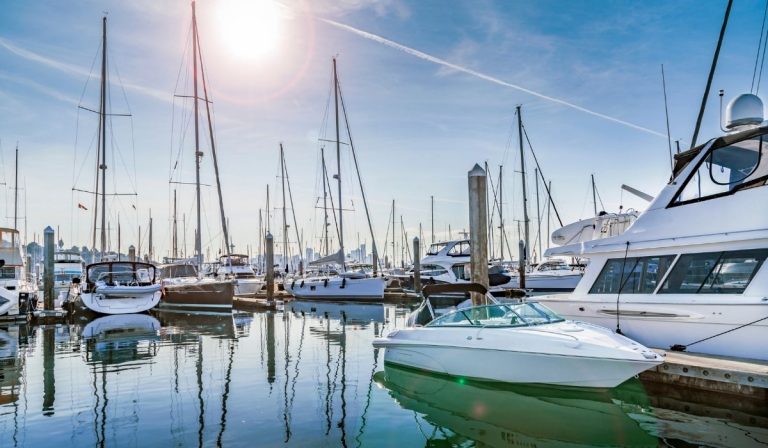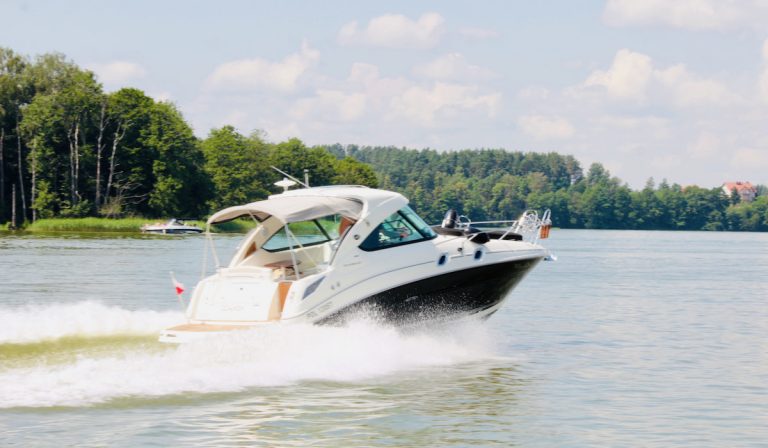Is Marina Electricity Metered?
One of the best things about staying at a marina is the steady supply of power and water. It’s regular showers without worrying about going through your tank too fast, and it’s keeping the lights on, putting on some music, and enjoying some of the features of your boat without concerns over the batteries.
Marinas offer a lot of benefits to boat owners whether they’re hooked up at a slip for a single night as they stop along their journey or they are staying there long-term.
Some marinas will charge you a flat fee for electricity and other utilities, but some marinas have electricity meters to allow them to charge boaters based on how much electricity they use.
If you’re looking for a marina with electricity, you’ll want to know how they are going to charge you for your usage. Here’s a guide on what you need to know before you start plugging things in.
Marina Electricity Setups
Marinas are set up in ways similar to an apartment complex or office building. How electricity is shared depends on the way things are arranged via meters. Basic setups only have one meter that feeds into multiple slips.
With just one meter, it’s impossible to tell how much each slip is using versus the others. When this happens, marinas typically charge a flat fee for electricity per night or however long you’re staying.
Because there is no way to break out how much you’re using individually, every boat there shares the cost. It saves the marina owner money because installing electricity meters is often expensive.
The problem with sharing a single meter, though, is that boaters have no incentive to conserve energy. Sometimes, in a race to make sure they get their fair share of electricity for what they’re paying, they will use even more juice than they would have otherwise.
With submeters, marinas can track how much electricity is going to each slip. This way, boaters only pay for what they use.
A lot of marinas install submeters to charge customers more effectively. Some cities and towns on the water also have begun mandating the use of submeters because when people see how much electricity they are using, they tend to conserve energy and it saves everyone money.

How Fees Change After Meters Are Installed
If you’re paying a flat fee for marina electricity and other utilities, the installation of submeters will likely affect how much you’re paying.
At first, you may like the changes. With more meters, your general utility bill will often go down because the marina can break out exactly how much you owe for your electricity use.
You might see a reduction of $30-$50 in your monthly bill but then will have to pay more for your electricity if you’re a heavy user. If you don’t use all that much electricity, you’ll likely come out ahead because other people will be paying what they should.
Another nice thing about submeters is that you don’t pay for electricity when you’re not there or you’re not plugged in.
It’s a nice savings if you keep the slip for when you’re in harbor, but aren’t really there all that often.
Meters Help You On the Water Also
With a meter on your slip, you’ll become a better boater because you’ll know how much electricity it takes to run the oven or keep the lights on when you read at night.
With better data on how much electricity you use, you’ll know how to manage your electricity supply when you’re out to sea much more effectively.
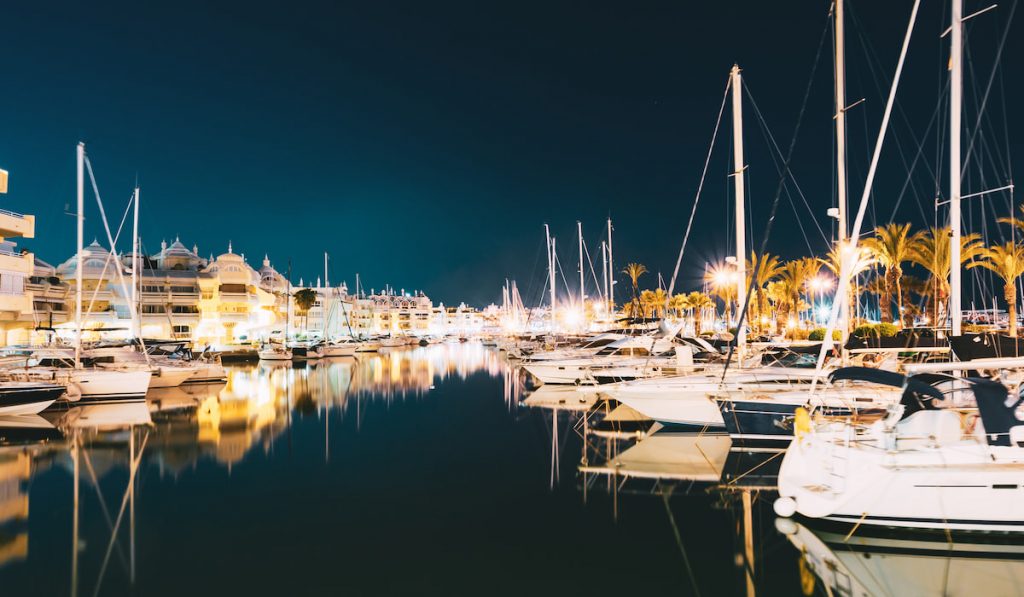
Paying Your Marina Electricity Bill
The way you pay your electricity bill will also depend on how the meter is set up.
With just a single master meter, there is really no way to break the bills down individually to have you pay. Instead, you’ll pay the marina owner directly each month or on an annual basis.
Some marinas will keep utility costs low to draw in business and charge more for other slip fees. Other marinas will charge a bit extra for utilities for their trouble of having to manage customer service issues and handle payment to the utility company.
At marinas with separate meters, it’s possible that the marina will leave everything up to you.
To get the electricity going on a long-term slip rental, you’ll have to call the utility company and change the account into your name. Then, the monthly utility bills will come straight to you and you can set up payment how you like, whether it’s mailing them a check or setting up a direct debit with a credit card. It’s up to you.
Marinas will have the power to change how much they charge per kilowatt through the master meter. It’s most likely going to be higher than typical residential electricity rates, but their thinking is that they went to the trouble to set up the meters and manage the whole system, so it’s worth it for you to pay a bit of a premium.
What they’ll do is track how much you used during the month, multiply it by their rate, and then send you the final bill. You pay the marina rather than directly to the utility company.
Shopping Marina Utility Fees
Oftentimes, people are so focused on monthly slip fees that they overlook how much utilities will cost them. They sign a contract and then are surprised when a high electricity bill comes in after the first month.
Make sure you pay attention to what the utility fees are, how the marina is metered, and what will be expected of you when it comes to setting up your electricity.
It will help you make a more informed decision on which marina to choose in your area and will make maintaining your boat and enjoying the boating season so much more fun and free of stress.
As with most things in boating, do the research! You can always ask other boaters you know for tips on where the best deals are.


